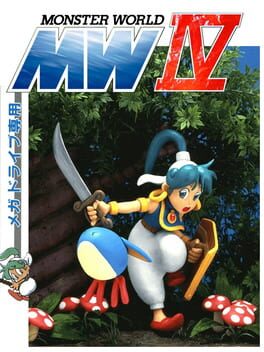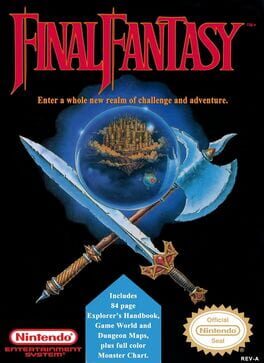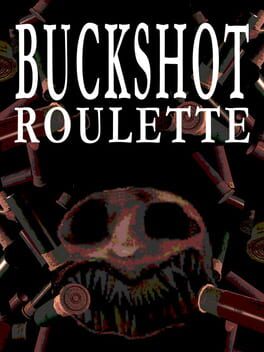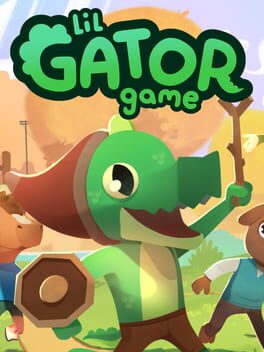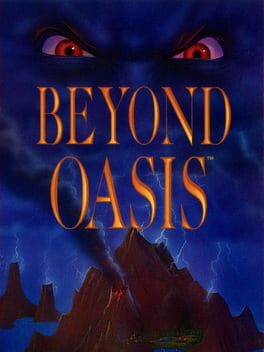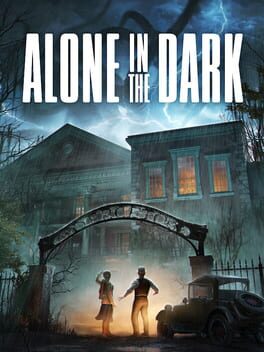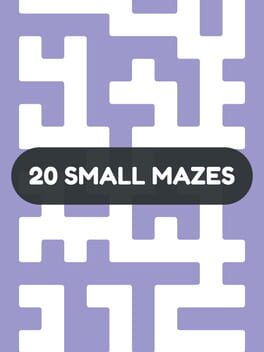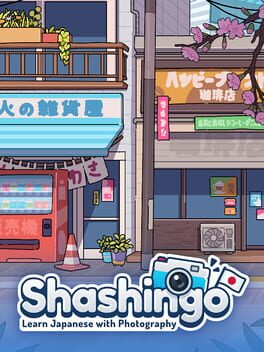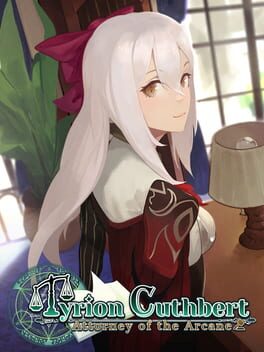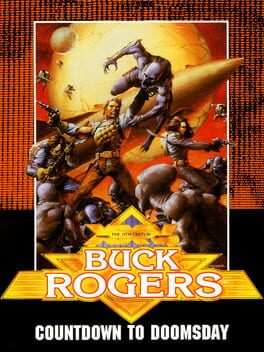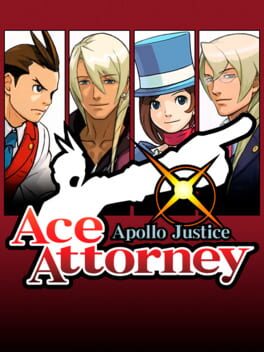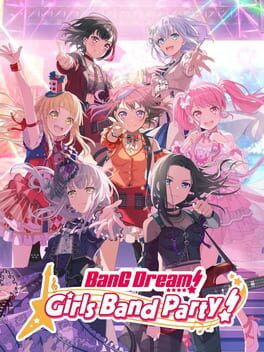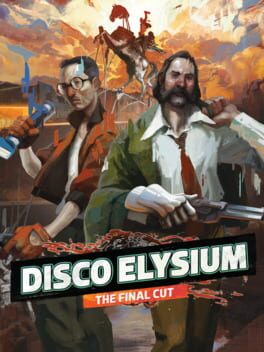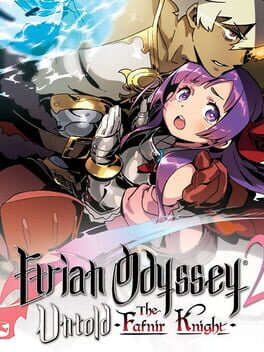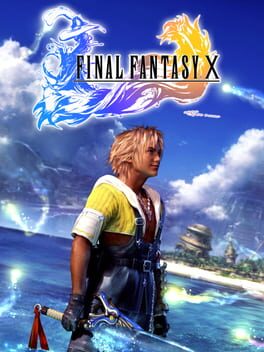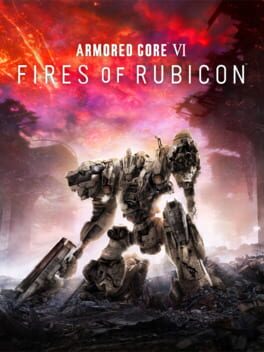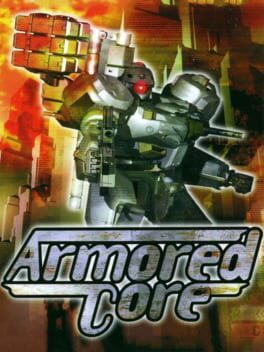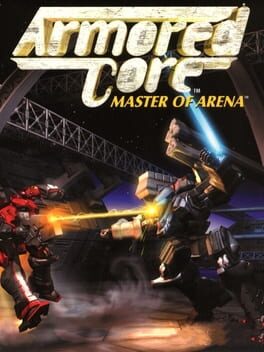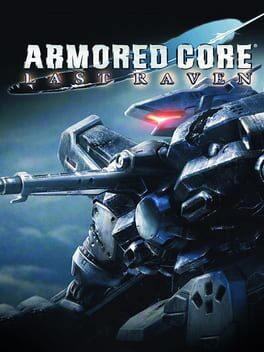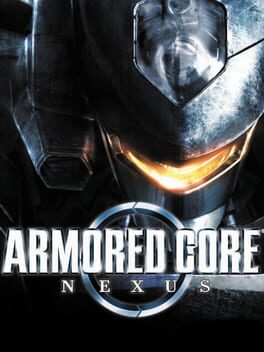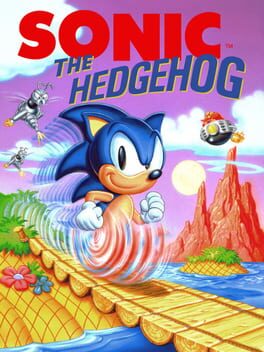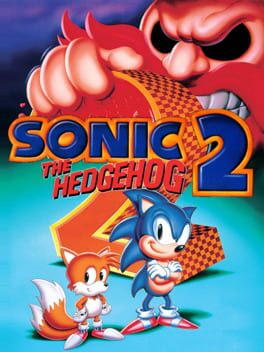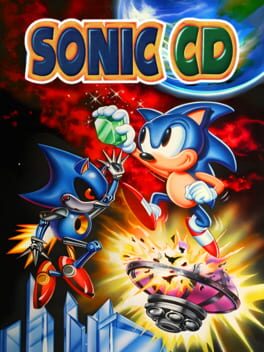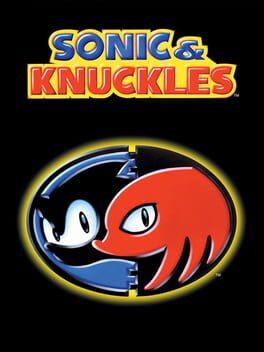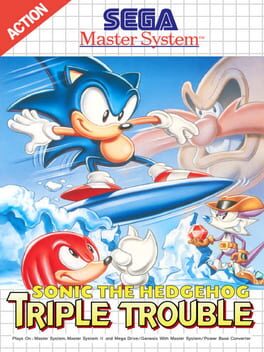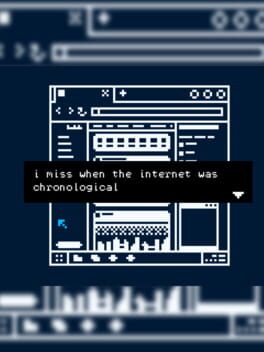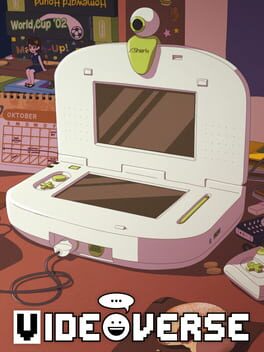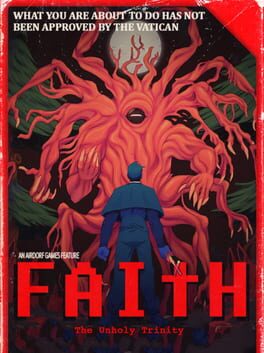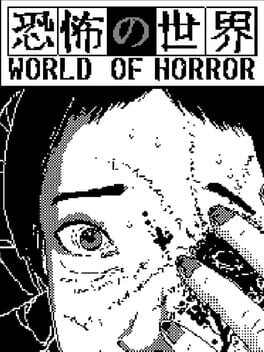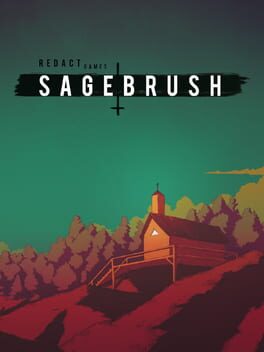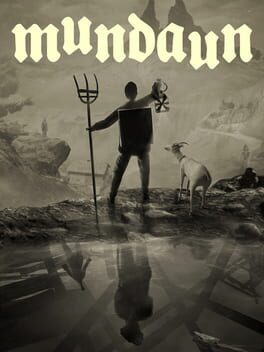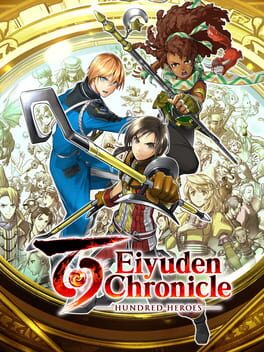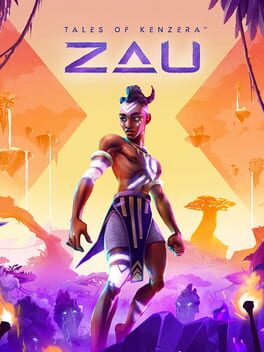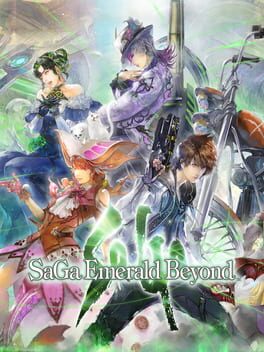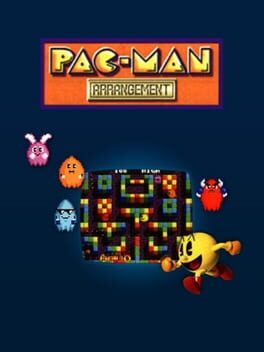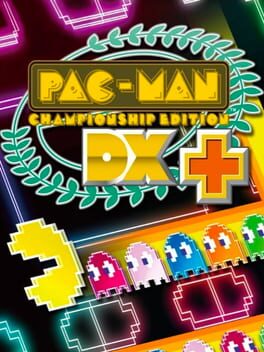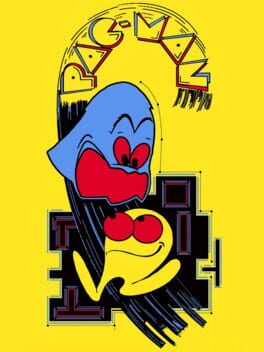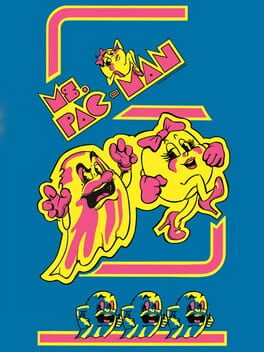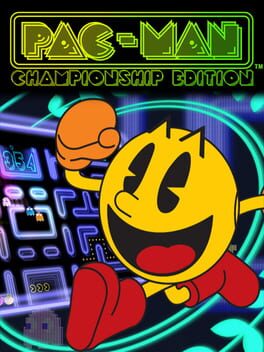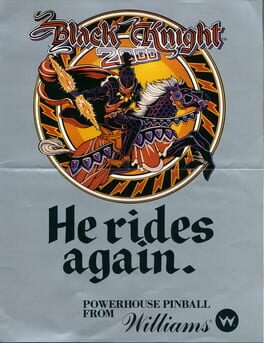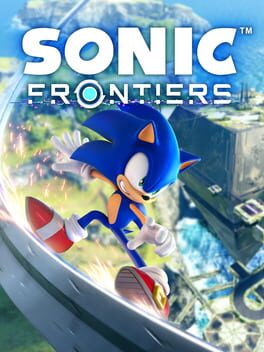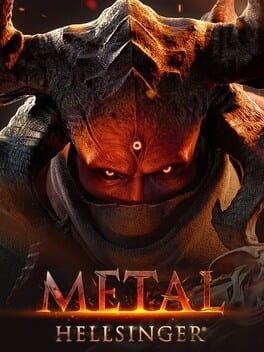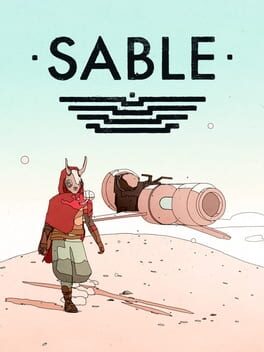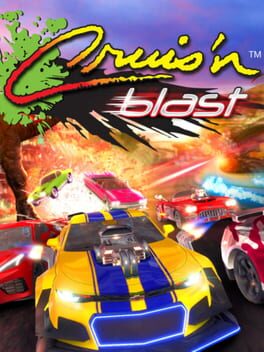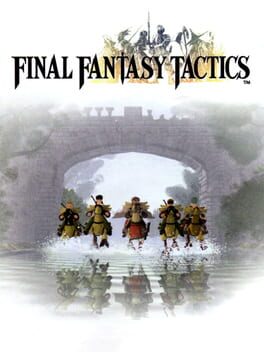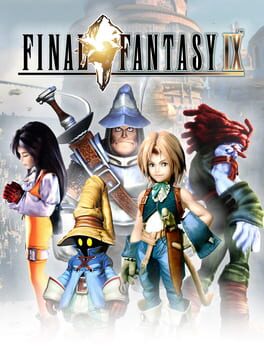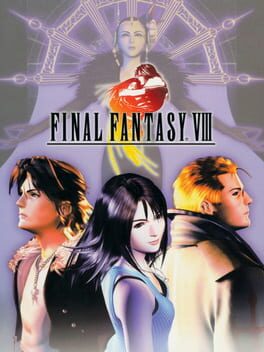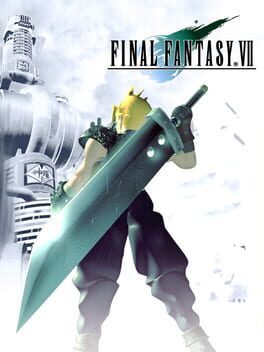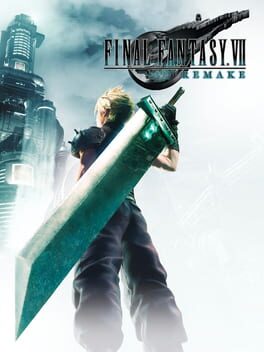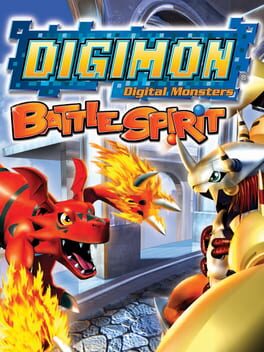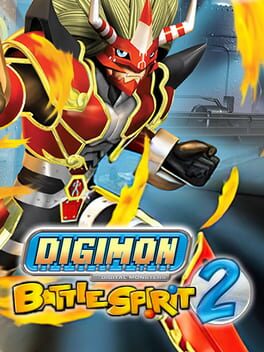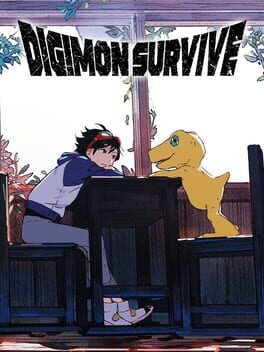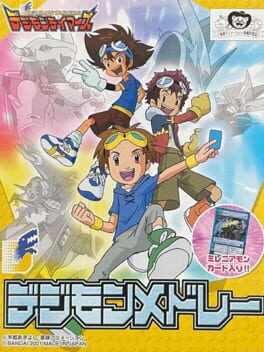sonicyewth
183 reviews liked by sonicyewth
Monster World IV
1994
This is the ideal version of this game, maintaining the charming NES visuals while fixing up the game's countless bugs, offering genuine quality of life improvements like the option to buy potions in bulk, rebalancing and smoothing over the progression curve and even adding in some postgame content as a nice little treat.
Highly recommend checking it out: https://gamefaqs.gamespot.com/boards/522595-final-fantasy/78701259
Highly recommend checking it out: https://gamefaqs.gamespot.com/boards/522595-final-fantasy/78701259
Buckshot Roulette
2023
Lil Gator Game
2022
Very charming game, it is exactly what you get out of mixing A Short Hike and some of the funnest BotW mechanics such as climbing every surface, gliding and shield-surfing. The story is nothing to write home about but is serviceable and cute. The whole thing would fall apart if they hadn't nailed the controls but they did. Nice breezy afternoon game.
Beyond Oasis
1994
Alone in the Dark
2024
The first Alone in the Dark title since the original that can be called, without caveats, a good game. Lacking some polish but on normal difficulty I never found the combat to be frustrating. Puzzles are straightforward, but well executed and signposted enough that I highly recommend playing on the "old-school" mode without hints.
Environments are richly detailed and more importantly, varied as it takes us through a number of well-executed southern gothic locales as well as some unexpected twists in the late-game. There's a strong ambience and the game keeps introducing new things at a fast enough pace that exploration doesn't get boring. The art direction of these environments is definitely the game's best facet and what most kept me going through to the end.
This is also the first Alone in the Dark since the original to recognize the franchise's cosmic horror roots. The game is maybe too keenly aware of this and never makes an attempt to venture out of the territory of being a Lovecraft pulp-pastiche. Given how few well-done versions of this exist in games perhaps sticking to that mold and not being overly-ambitious was precisely what it needed to do. Still it's definitely going to feel rote if you're familiar with the types of stories the game is directly copying.
Monster design is perhaps the most disappointing aspect. I'm not sure why when writing for a mythos with such a rich history of public domain creatures to pull from you'd stick with barely-distinguishable blob monsters.
Good enough, albeit not great pulp horror game. If you're interested pick it up when it's cheap, play through it in an evening or two and probably never think about it again.
Environments are richly detailed and more importantly, varied as it takes us through a number of well-executed southern gothic locales as well as some unexpected twists in the late-game. There's a strong ambience and the game keeps introducing new things at a fast enough pace that exploration doesn't get boring. The art direction of these environments is definitely the game's best facet and what most kept me going through to the end.
This is also the first Alone in the Dark since the original to recognize the franchise's cosmic horror roots. The game is maybe too keenly aware of this and never makes an attempt to venture out of the territory of being a Lovecraft pulp-pastiche. Given how few well-done versions of this exist in games perhaps sticking to that mold and not being overly-ambitious was precisely what it needed to do. Still it's definitely going to feel rote if you're familiar with the types of stories the game is directly copying.
Monster design is perhaps the most disappointing aspect. I'm not sure why when writing for a mythos with such a rich history of public domain creatures to pull from you'd stick with barely-distinguishable blob monsters.
Good enough, albeit not great pulp horror game. If you're interested pick it up when it's cheap, play through it in an evening or two and probably never think about it again.
20 Small Mazes
2024
I backed the Kickstarter for this, and have also been learning Japanese for about a year and a half - Shashingo is a very neat experience, but doesn't have a whole lot of content and I struggle to recommend it for its price, unless you're a specific kind of person (which is, knows Hiragana/Katakana and some very basic Japanese, but not too much)
You have a small city plaza (with a couple of backalleys) full of props to photograph, which then get turned into flashcards. You can also be challenged by receiving a word and having to go find it. Thirdly, there is a small guide book with some basic Japanese lessons, that explain some key phrases and vocab, which is nicely presented and well explained, but nothing that you can't find elsewhere online for free
So yeah, the content is fairly simple. Honestly I think my biggest problem, which kinda just takes me out of the whole thing, is that to take a photograph, you NEED to be looking at an object that has a word associated with it somewhat directly. This makes it feel restrictive and I'd often use photo angles that the game would allow, rather than ones I wanted. It made my collection of photos look and feel a bit generic since it was hard to get creative angles the game would accept - a lot of the time it was just Thing in the centre of photo because that's what would be accepted
I will say, I think a lot of love has gone into this game. The city, although it can be fully explored in about five minutes, looks lovely and the atmosphere is great. I love that the world has a ton of Japanese posters and signage about for reading practise. The day/night cycle and different weathers add some coziness as well. I can't really complain about the presentation - it's all fantastic, I just wish there was more
Ultimately, I didn't expect a whole lot from Shashingo as a learning tool - games that aim to teach Japanese are almost never more effective than a good flashcard deck, and that's okay. Plus I also kinda appreciate a tool that isn't aimed solely at people new to Japanese, since most will start you off with learning Hiragana, which I'm way past
Unfortunately, the super wonderful vibes, presentation and atmosphere can't quite make up for the photograph aspect being a bit shallow, and a lack of content that makes for a slightly barren experience overall
You have a small city plaza (with a couple of backalleys) full of props to photograph, which then get turned into flashcards. You can also be challenged by receiving a word and having to go find it. Thirdly, there is a small guide book with some basic Japanese lessons, that explain some key phrases and vocab, which is nicely presented and well explained, but nothing that you can't find elsewhere online for free
So yeah, the content is fairly simple. Honestly I think my biggest problem, which kinda just takes me out of the whole thing, is that to take a photograph, you NEED to be looking at an object that has a word associated with it somewhat directly. This makes it feel restrictive and I'd often use photo angles that the game would allow, rather than ones I wanted. It made my collection of photos look and feel a bit generic since it was hard to get creative angles the game would accept - a lot of the time it was just Thing in the centre of photo because that's what would be accepted
I will say, I think a lot of love has gone into this game. The city, although it can be fully explored in about five minutes, looks lovely and the atmosphere is great. I love that the world has a ton of Japanese posters and signage about for reading practise. The day/night cycle and different weathers add some coziness as well. I can't really complain about the presentation - it's all fantastic, I just wish there was more
Ultimately, I didn't expect a whole lot from Shashingo as a learning tool - games that aim to teach Japanese are almost never more effective than a good flashcard deck, and that's okay. Plus I also kinda appreciate a tool that isn't aimed solely at people new to Japanese, since most will start you off with learning Hiragana, which I'm way past
Unfortunately, the super wonderful vibes, presentation and atmosphere can't quite make up for the photograph aspect being a bit shallow, and a lack of content that makes for a slightly barren experience overall
This is an obvious paid Ace Attorney fangame and that will understandably put people off. I won’t sugarcoat the flaws of this game: Amateur writing, breakneck pacing, inconsistent art, VERY messy ending… I am sorry for being harsh, but this is far from achieving true excellence and if you come with the high expectations of a mainline Ace Attorney game, you will be disappointed.
But despite it all, I have to seriously congratulate the team, because I did not expect to enjoy myself as much as I did. The characters in Tyrion are so incredibly likeable, and the way their relationships are built throughout the entire game achieved the exact same comfort space the original AA universe managed to do for me back in the day. The writer takes many tropes from AA but makes them their own in a familiar, but fresh perspective, that consistently brought a smile to my face (the relationship between Tyrion and Celeste is the prime example to this).
I was very surprised at how well-built the world was, the way the cases are connected to each other feels incredibly cohesive. They managed to reuse assets in really clever ways that crafted a believable world with clear direction and consequences. And all the new gameplay mechanics are well executed into this fantastical world with above average solid cases. This game is very smart by having its first and final cases being the best of the experience, considering they are the most important part of AA (I would even argue of most stories). And I NEED to mention the music. I cannot complain how little of it there is because every track is absolutely fantastic and elevates what the writing lacks.
So yeah, Tyrion is not a masterpiece, but I am incredibly happy I bought it. Likeable characters and fantastic music with some fun murder mystery action mixed in is the entire reason why I fell in love with Ace Attorney in the first place. Don’t get me wrong, this experience can be polished in many ways, but the writer and his small team should be proud of this one and I will absolutely buy Tyrion 2 whenever it comes out.
I only ask there is less Marvel humor next time in place of sincere ingenuity. My friend and I laughed so hard whenever “Well… THAT was awkward” jokes popped up time and time again. Maybe it served their purpose?
-----------------------
Case Ranking:
Fantastic:
Case 4
Great:
Case 5 and Case 1
Very Good:
Case 3
Good:
Case 2
But despite it all, I have to seriously congratulate the team, because I did not expect to enjoy myself as much as I did. The characters in Tyrion are so incredibly likeable, and the way their relationships are built throughout the entire game achieved the exact same comfort space the original AA universe managed to do for me back in the day. The writer takes many tropes from AA but makes them their own in a familiar, but fresh perspective, that consistently brought a smile to my face (the relationship between Tyrion and Celeste is the prime example to this).
I was very surprised at how well-built the world was, the way the cases are connected to each other feels incredibly cohesive. They managed to reuse assets in really clever ways that crafted a believable world with clear direction and consequences. And all the new gameplay mechanics are well executed into this fantastical world with above average solid cases. This game is very smart by having its first and final cases being the best of the experience, considering they are the most important part of AA (I would even argue of most stories). And I NEED to mention the music. I cannot complain how little of it there is because every track is absolutely fantastic and elevates what the writing lacks.
So yeah, Tyrion is not a masterpiece, but I am incredibly happy I bought it. Likeable characters and fantastic music with some fun murder mystery action mixed in is the entire reason why I fell in love with Ace Attorney in the first place. Don’t get me wrong, this experience can be polished in many ways, but the writer and his small team should be proud of this one and I will absolutely buy Tyrion 2 whenever it comes out.
I only ask there is less Marvel humor next time in place of sincere ingenuity. My friend and I laughed so hard whenever “Well… THAT was awkward” jokes popped up time and time again. Maybe it served their purpose?
-----------------------
Case Ranking:
Fantastic:
Case 4
Great:
Case 5 and Case 1
Very Good:
Case 3
Good:
Case 2
Solidly enjoyable sci-fi gold box rpg and a pretty good console port (albeit with some things simplified/cut for space). The short run time of around 10 or so hours ensures it doesn't wear out its welcome. Has a straightforward plot that takes you across various planets and a number of optional sidequests.
It can be easy to land yourself in a bad spot so keeping a backup save from before the start of a mission is advised. The game boasts a pretty good number of decisions and skill-checks that can alter how scenarios play out, mostly in the form of granting you rewards for passing checks or making the "right" choice, but occasionally with some brief divergent gameplay paths.
Like many older rpgs there are a handful of skills with limited use (looking at you 'library use' and 'rocket repair') and others that are practically mandatory, but your 6-man party offers enough flexibility you should be able to easily cover everything you need and then some.
Combat is simplistic early on due to the mostly ranged nature of combat minimizing the effectiveness of positioning, though this becomes more necessary later on as aoe explosion attacks become more and more prevalent among enemy types. Plus there's a variety of different grenade types with varying effects.
Not an all time great, but a game that's easy to enjoy and could easily serve as a great introduction to older crpgs for those curious but that struggle with some of the more complex or esoteric games in the genre.
It can be easy to land yourself in a bad spot so keeping a backup save from before the start of a mission is advised. The game boasts a pretty good number of decisions and skill-checks that can alter how scenarios play out, mostly in the form of granting you rewards for passing checks or making the "right" choice, but occasionally with some brief divergent gameplay paths.
Like many older rpgs there are a handful of skills with limited use (looking at you 'library use' and 'rocket repair') and others that are practically mandatory, but your 6-man party offers enough flexibility you should be able to easily cover everything you need and then some.
Combat is simplistic early on due to the mostly ranged nature of combat minimizing the effectiveness of positioning, though this becomes more necessary later on as aoe explosion attacks become more and more prevalent among enemy types. Plus there's a variety of different grenade types with varying effects.
Not an all time great, but a game that's easy to enjoy and could easily serve as a great introduction to older crpgs for those curious but that struggle with some of the more complex or esoteric games in the genre.
10 lists liked by sonicyewth
by Yata777 |
38 Games
by Pen |
13 Games
by kaishek |
32 Games
by Niandra |
13 Games
by kaishek |
27 Games
by wilx |
80 Games
by vehemently |
22 Games
by slimesiren |
71 Games
by kaishek |
43 Games
by FantasyZone |
8 Games
